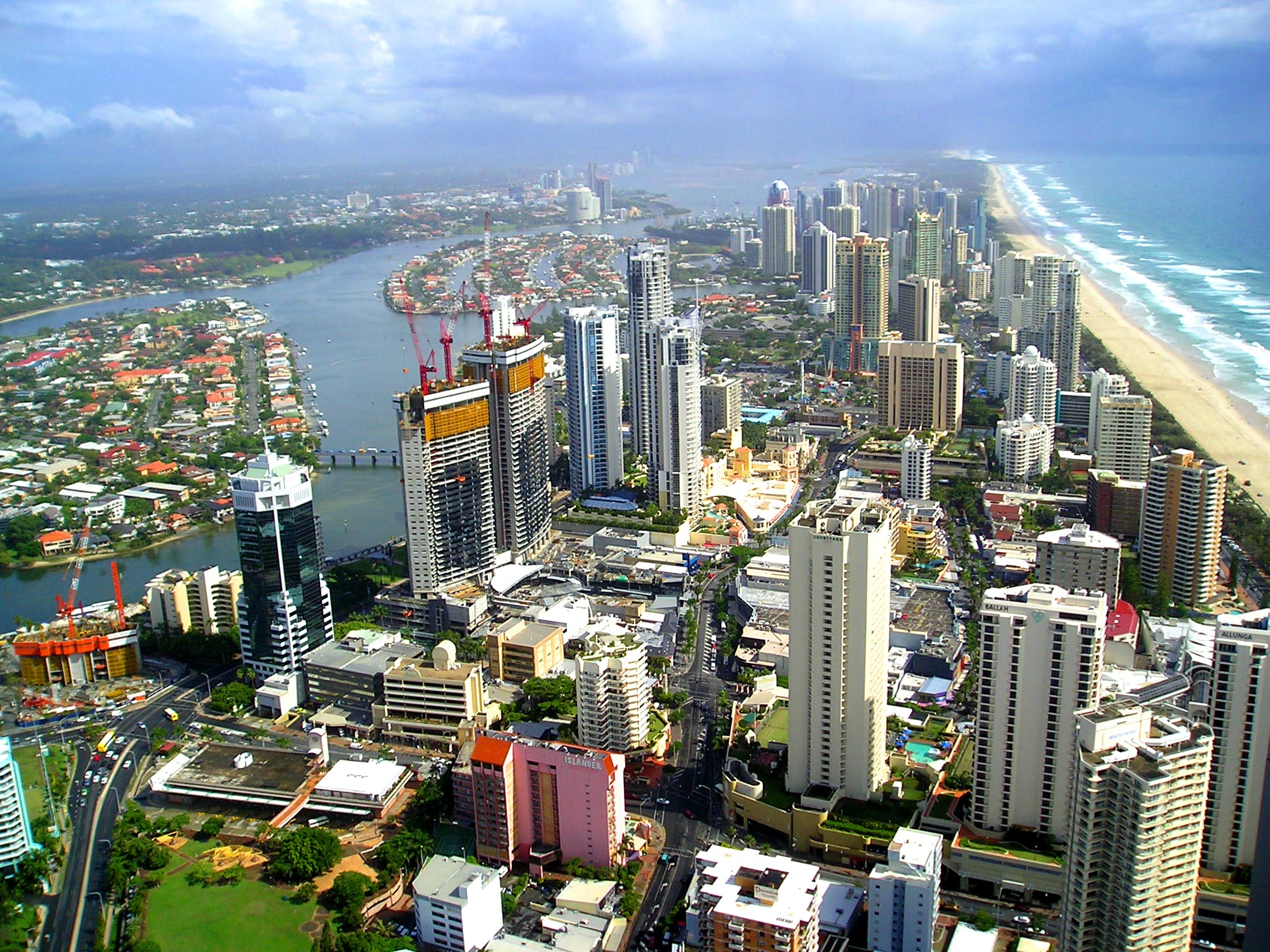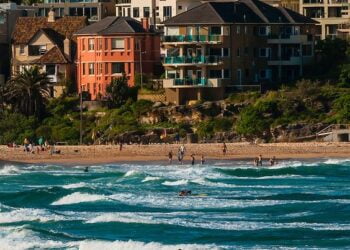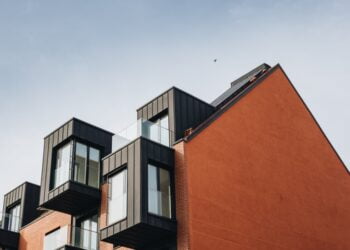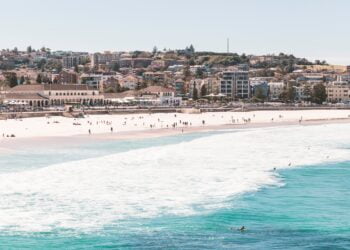 Following our release of the McGrath Report for Spring, last week I gave you my insights for Brisbane, this week let’s drill down on one of the most exciting markets in the country, the Gold Coast.
Following our release of the McGrath Report for Spring, last week I gave you my insights for Brisbane, this week let’s drill down on one of the most exciting markets in the country, the Gold Coast.
As is the case with Brisbane, the Gold Coast recovery is only just starting. The Gold Coast was seriously affected by the GFC and in any recovery, the markets hurt most are usually the ones that have a stronger recovery because they’re coming off a lower base.
New market activity on the Gold Coast is being driven by historically low interest rates, an improving local economy and a sense that the bottom has passed. ‘Fear of missing out’ will propel the market in 2014, with once-in-a-generation value still available despite improving sales activity this year.
Latest metro market figures from RP Data, which groups Brisbane and the Gold Coast together; show Brisbane/Gold Coast house and apartment prices both grew by 1.5% over the first three quarters of 2013, compared with Sydney house prices rising 10.7% and apartments increasing 7.5%. Clearly, Sydney began a genuine recovery this year but Brisbane/Gold Coast price growth is yet to eventuate. So the time to buy there is now.
This year, we’ve seen upgraders as well as Sydney and Melbourne families competing for heavily discounted properties on the canalfronts of Isle of Capri, Sorrento and Broadbeach Waters, while downsizers are shifting into apartments at Burleigh Heads and villas at Mermaid Beach.
There has been significant new activity above $2 million, with young professionals – particularly from the medical field, upgrading in the $2 million-$3.5 million bracket, which has then fuelled the $5 million+ market in prime beach and riverfront areas.
Southport has experienced its highest level of sales activity in a decade, largely due to upgraders buying near the school and prestige buyers purchasing on the water. We believe the new hospital and light rail (opening 2013/2014) will have an impact on rental yields and ultimately property values.
The 2018 Commonwealth Games will provide a significant economic boost well before the Games occur, delivering 30,000 new jobs and $2 billion in economic investment. The Games will stimulate three of the Gold Coast’s four biggest economic drivers – tourism, construction, retail and education.
The creation of a Health and Knowledge Precinct with the new hospital, Griffith University and a new nearby commercial, residential and retail precinct that will replace the athletes’ village will add diversification to a local economy that is too reliant on vulnerable sectors.
Over the next five years, the Gold Coast will be one of Australia’s preeminent destinations for a wave of downsizers who are once again considering seachanging and/or retirement after five years of continuing to work and re-generating lost super and savings from the GFC. The state government is projecting that the Gold Coast will have the largest population growth of any Queensland area by 2021.
The other big benefit for the Gold Coast property market will be international investment. The Gold Coast has long been a popular tourist destination for Asian holidaymakers, and as Chinese investors look further afield from Sydney, they’re likely to explore opportunities in an area they already know.
Stay tuned for some great news out of the Gold Coast property market predictions for 2014. Be warned – you’ll see stories in the media about ups and downs but always remember, recoveries don’t happen in a straight line.




















